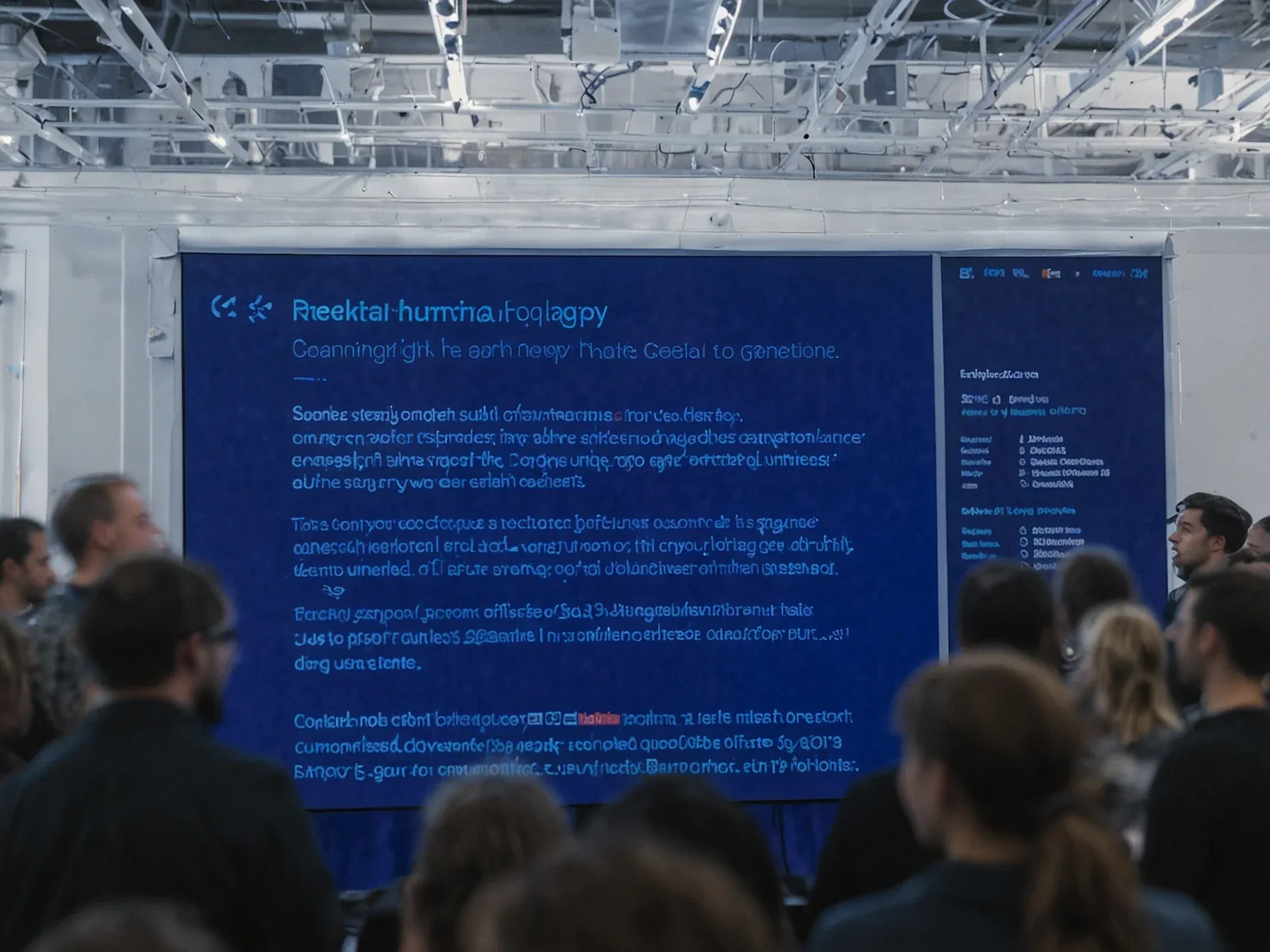
Qodo’s Git‑integrated, human‑in‑the‑loop model eases AI code overload
Qodo’s latest tool tackles a problem many engineering teams have been whispering about for months: AI‑generated code that floods pull requests faster than reviewers can vet it. The startup built its service right into the GitHub workflow, surfacing prompts at the exact moment a change is opened. That means engineers don’t have to jump to a separate dashboard or learn a new UI; the assistance appears where they already spend their day.
While the technology can suggest entire functions, the design deliberately leaves the final call in human hands. Monday.com’s infrastructure crew, for example, was able to test the system without a steep learning curve, because the integration piggybacks on familiar pull‑request actions and comment threads. Here’s the thing: that balance between automation and oversight turned out to be the make‑or‑break factor for adoption.
Developers receive suggestions during the review process and remain in control of final decisions — a human‑in‑the‑loop model that was critical for adoption. Because Qodo integrated directly into GitHub via pull request actions and comments, Monday.com's infrastructure team didn't face a steep lear…
Developers receive suggestions during the review process and remain in control of final decisions -- a human-in-the-loop model that was critical for adoption. Because Qodo integrated directly into GitHub via pull request actions and comments, Monday.com's infrastructure team didn't face a steep learning curve. It's not like a separate tool we had to learn." "The purpose is to actually help the developer learn the code, take ownership, give feedback to each other, and learn from that and establish the standards," added Friedman.
The Results: Time Saved, Bugs Prevented Since rolling out Qodo more broadly, monday.com has seen measurable improvements across multiple teams. Internal analysis shows that developers save roughly an hour per pull request on average.
Can a Git‑integrated AI assistant keep pace with a growing codebase? Monday.com’s engineers think so. After the team swelled past five hundred developers, pull‑request traffic surged beyond what manual reviewers could sustain.
Qodo stepped in, embedding its suggestion engine directly into GitHub pull‑request actions and comment threads. Developers receive AI‑generated recommendations but retain final say, a human‑in‑the‑loop design that, according to VP of R&D Guy Regev, was essential for adoption. The integration required little new training, avoiding a steep learning curve for the infrastructure group.
Early reports suggest the workflow trimmed routine review time without sacrificing quality. Yet it's unclear whether the model will hold up as microservice counts keep climbing and code velocity accelerates further. The approach demonstrates that contextual AI, when tightly coupled to existing tools and kept under human oversight, can alleviate some pressure; broader applicability will depend on how consistently teams can balance automation with manual judgment.
Further Reading
Common Questions Answered
How does Qodo's Git‑integrated tool surface AI suggestions during a pull request?
Qodo embeds its suggestion engine directly into GitHub pull‑request actions and comment threads, presenting prompts the moment a change is opened. This allows developers to see AI‑generated code recommendations without leaving the GitHub interface.
Why was the human‑in‑the‑loop model critical for adoption at Monday.com?
Monday.com's engineers needed to retain final decision authority over AI‑generated code, ensuring code quality and learning. The human‑in‑the‑loop design let reviewers approve, modify, or reject suggestions, which built trust and avoided a steep learning curve.
What problem does Qodo aim to solve for engineering teams with rapidly growing codebases?
Qodo addresses the overload of AI‑generated code flooding pull requests faster than manual reviewers can vet them. By integrating directly into the GitHub workflow, it streamlines review and prevents bottlenecks as developer headcount and PR traffic increase.
How does Qodo's integration differ from using a separate AI dashboard?
Unlike standalone dashboards, Qodo's tool appears within the existing GitHub UI, eliminating the need to switch contexts or learn new interfaces. This seamless integration reduces friction and keeps developers focused on the code they are already reviewing.
What role does the suggestion engine play in Qodo's workflow for Monday.com's infrastructure team?
The suggestion engine automatically generates function‑level code recommendations as part of pull‑request actions, helping the team handle the surge in PR volume. Engineers can then provide feedback, accept, or reject the suggestions, maintaining control while accelerating review cycles.